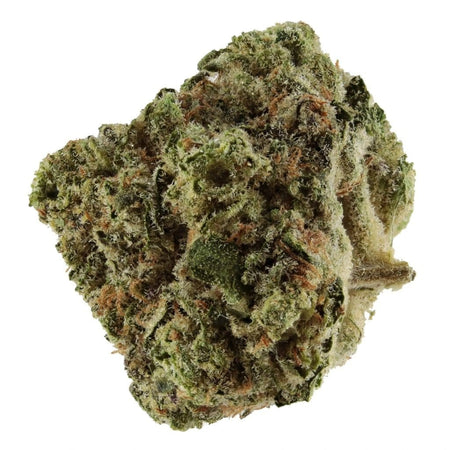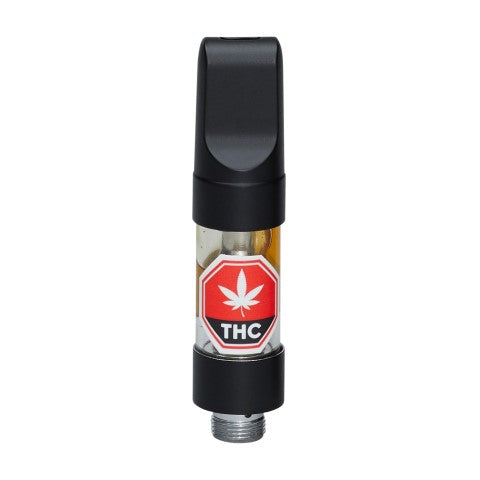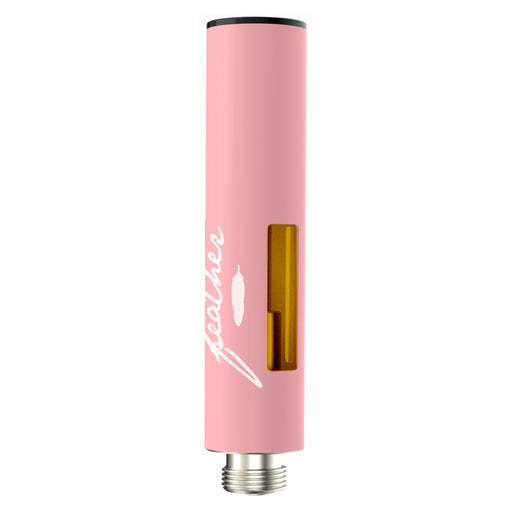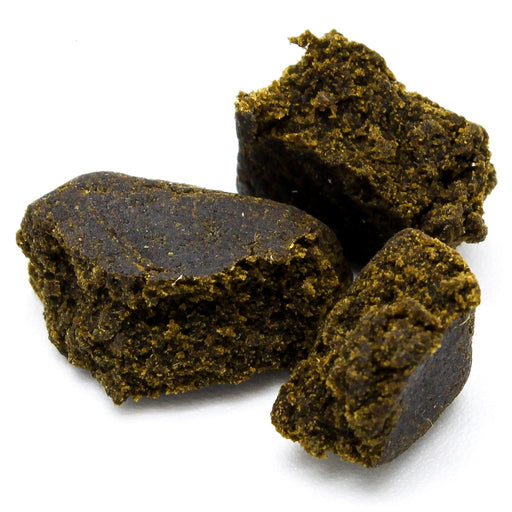Understanding H4CBD: Chemical Structure and Mechanism of Action
H4CBD, also known as Hexahydrocannabidiol, represents a novel cannabinoid distinct from the more commonly studied THC (tetrahydrocannabinol) and CBD (cannabidiol). Chemically, H4CBD is characterized by its unique molecular structure. Unlike THC and CBD, which both contain double bonds in their chemical makeup, H4CBD is fully hydrogenated. This means that H4CBD has four additional hydrogen atoms, resulting in a saturated structure. This hydrogenation process alters the molecule’s stability and reactivity, potentially leading to different pharmacological effects.
The synthesis of H4CBD involves the hydrogenation of CBD. In this process, hydrogen molecules are added to CBD in the presence of a catalyst, typically under controlled temperature and pressure conditions. This chemical transformation modifies the molecular geometry, eliminating the double bonds present in the original CBD structure. The resultant H4CBD molecule exhibits distinct chemical properties, including increased stability and altered solubility, which could affect its bioavailability and interaction with biological systems.
At a cellular level, H4CBD interacts with the endocannabinoid system, a complex network of receptors and enzymes that regulate various physiological processes. The primary receptors in this system are CB1 and CB2. Research indicates that H4CBD has a different affinity for these receptors compared to THC and CBD. While THC predominantly binds to CB1 receptors, leading to psychoactive effects, and CBD has a low affinity for both CB1 and CB2 receptors but modulates their activity indirectly, H4CBD demonstrates a moderate binding affinity for both CB1 and CB2 receptors. This dual affinity suggests that H4CBD may offer a balanced modulatory effect on the endocannabinoid system.
These molecular interactions have significant pharmacological implications. The distinct binding profile of H4CBD suggests it might provide therapeutic benefits without the pronounced psychoactive effects associated with THC. Additionally, the unique chemical structure of H4CBD could mean different metabolic pathways and potential therapeutic applications. As research continues, understanding these differences at a molecular level will be crucial in elucidating the specific health benefits and potential applications of H4CBD.
Therapeutic Potential and Psychoactive Effects of H4CBD vs. THC and CBD
H4CBD, a relatively novel cannabinoid, is garnering attention for its potential therapeutic benefits and its unique profile when compared to THC and CBD. Unlike THC, which is well-known for its psychoactive effects, H4CBD appears to exhibit minimal to no psychoactivity, positioning it closer to CBD in this regard. This characteristic makes H4CBD an appealing option for individuals seeking the medicinal benefits of cannabinoids without the psychoactive “high” associated with THC.
The therapeutic potential of H4CBD is a promising area of research. Preliminary studies suggest that H4CBD may offer significant benefits in pain management, inflammation reduction, anxiety relief, and the treatment of epilepsy. These potential applications are similar to those of CBD, which has been widely studied and utilized for its anti-inflammatory and anti-anxiety properties. For instance, H4CBD’s efficacy in reducing pain and inflammation is comparable to CBD, making it a potential alternative for patients who do not respond well to traditional treatments.
Current research findings on H4CBD are still in the early stages, but emerging evidence points to its effectiveness in managing conditions such as chronic pain and epilepsy. Some clinical trials and anecdotal reports have shown positive outcomes, indicating that H4CBD could be a valuable addition to the medical cannabis arsenal. Experts in the field suggest that H4CBD might offer a broader therapeutic window, with fewer side effects compared to THC. This is particularly relevant for patients who require long-term cannabinoid therapy but are concerned about the psychoactive effects of THC.
Despite its potential, the safety and side effects of H4CBD remain areas of ongoing investigation. Early indications suggest that H4CBD is well-tolerated, with a safety profile similar to CBD. However, as with any new compound, comprehensive clinical trials are necessary to fully understand its long-term effects and interactions with other medications. Additionally, the legal status of H4CBD varies by region, and it is crucial for users to be aware of local regulations before considering its use.



















































